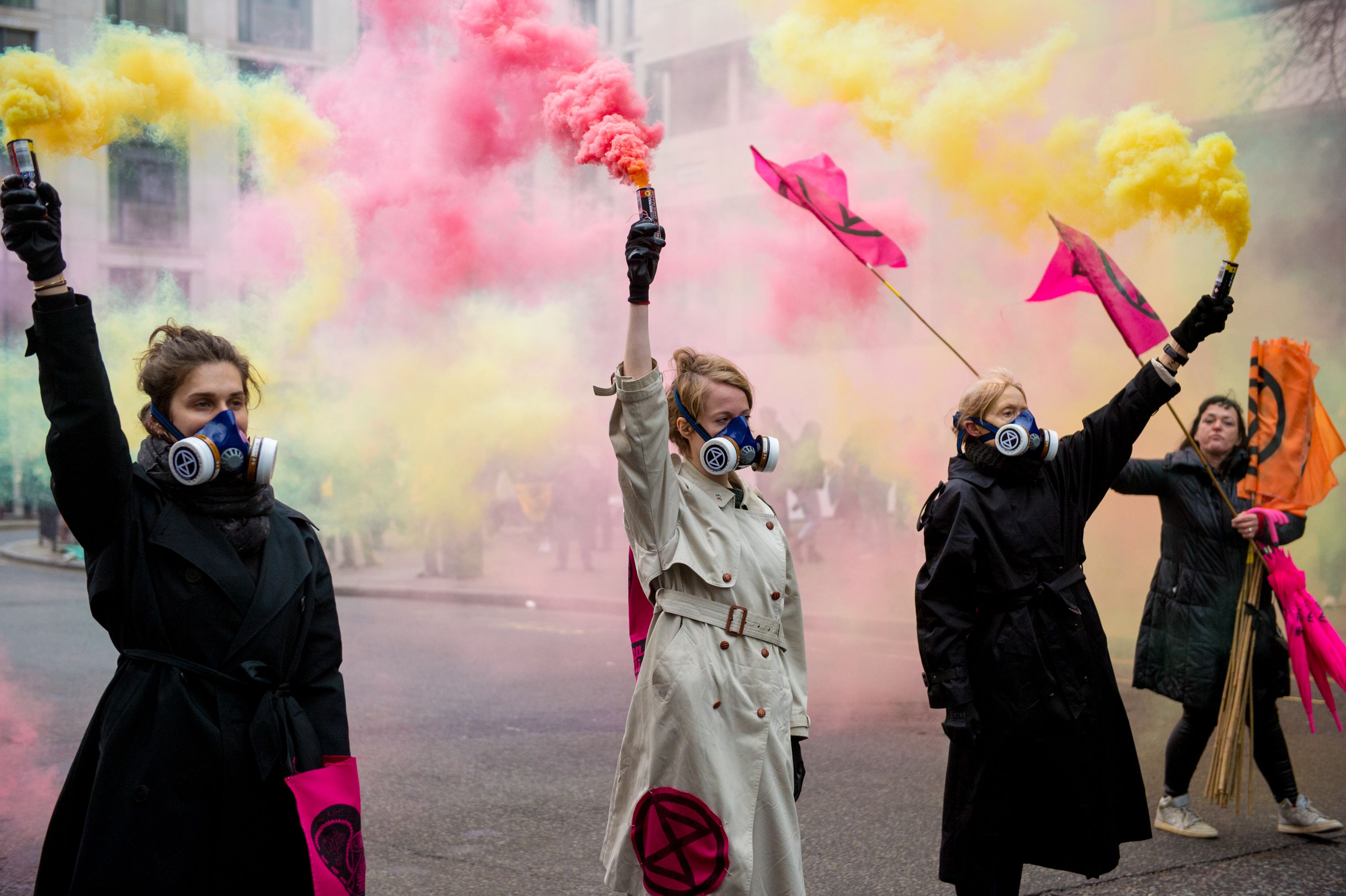Fashion
Opinion: How community, co-creation can save digital fashion

The fast fashion industry can be wasteful, inefficient, damaging and definitely not sustainable. However much larger companies strive to portray their “green” credentials, we all know that it’s essentially a washing machine at work. The consumer is being hooked on the false narratives of fast fashion being something they deserve, and that cheap clothing (inevitably badly made from cheap materials) is their right to consume.
The prevalence of social media as a marketing and communication channel means that instant responses and immediate activations are now the normal expectation, leading to impulse purchases to satisfy cravings.
I started my journey in fashion many years ago. Back then it was dynamic, challenging and fun, from picking and packing jeans in a warehouse, looking after sales teams (without cell phones), communicating with suppliers by telex machine, and building a retail EPOS and stock control system on Lotus 123.
As I developed, so did technology and keeping up with the advances and potential that tech tools could offer was an important part of my personal progress. After moving to Asia and going deep into sourcing and production alongside managing design and development teams, setting up distribution and retail companies worldwide, I have seen most of both the good and bad sides of the industry.
Our economic systems are dictated by growth. More consumers, more consumption, more production, more waste, and while many companies are striving to produce on demand, work on circular systems and become more effective in reducing waste and damage, there is still a lot more that can be done to make change for good.
I founded Brand New Vision in 2016 because what I was experiencing was, in many ways, far too similar to when I started in the business. It was repetitive, predictable and not very much fun. I wanted to address those issues by really using the power of technology to really make a difference.
Almost a year ago, I wrote a piece for Jing Daily about the challenges that those of us operating in the Web3 digital fashion field need to address when it comes to engaging and onboarding new users.
That it has to come through relatable, fun, creative and pain-free experiences and that, if applied well, it can lead to a drop in the demand for and consumption of physical fashion as people get their fashion kicks in new ways
I am happy to say that we have delivered that with ME:ID and, with the soon to deploy ME:AI, and are getting close to the next stage in the evolution of Brand New Vision (BNV) as a blueprint model for a new way in digital fashion. Here brands, designers and individuals can join together in the realms of co-creation and new forms of economic activity.
For a year we have been distributing Fa$h, the digital currency of our open ecosystem. Anyone engaged with our platforms and experiences has been able to take part in contests and challenges and, in the true spirit of Web3, be rewarded for that engagement and creativity. With the upcoming launch of the Fa$h coin, we will have at least 100,000 holders of Fa$h, participants in these new economic opportunities.
Yes. That is why we have established the BNV Foundation and The Green Lane Initiative. With our existing communities of users and followers we have our starting point. Anyone who holds Fa$h will be a part of The Foundation and will have the possibility to apply for funding for initiatives, or business proposals that either improve the processes and functions of our industry or help to repair the damage it causes as well as have a say in the way funds are distributed.
The first stage is the formation of the Green Lane Committee. Composed of individuals and entities with knowledge and influence in sustainability, ESG, digital applications and the fashion world in general. The 20 people who make up the committee will be announced shortly. They will be the first point of vetting for projects before they get to a funding vote stage.
There has been a lot of talk about community as an essential part of brand and consumer engagement, especially in the luxury and Web3 worlds. I do feel there is such a thing as “community washing” with the term being overused, and therefore cheapened. At BNV we want to make sure that our communities are not just engaged through clicks, likes and follows, but are an integral part of the Foundation.
We expect to have somewhere around 250,000 users/participants on ME:ID and ME:AI by the end of this year. It could easily be many more as we launch new initiatives and brand partnerships for The Gamification of Style and our Network of Next.
Combined with our 21,000 Visionaries, holders of various tokens that give multiple benefits including enhanced rights on the Foundation administration, and our soon to be announced BNV100 programme, we will have properly engaged and contributing communities that will actually be able to make a difference.
Properly building true communities in fashion and Web3 can actually make a real impact and be a change for good.
Richard Hobbs is the founder and CEO of Brand New Vision (BNV). With extensive experience in the traditional fashion industry, including work with Pepe, consulting for and growing leading brands like Mecca USA, Alphanumeric, Etienne Ozeki, and Evisu, he founded BNV in 2016. His aim is to leverage technology to enhance processes and expand the possibilities of digital fashion.







:max_bytes(150000):strip_icc()/roundup-writereditor-loved-deals-tout-f5de51f85de145b2b1eb99cdb7b6cb84.jpg)


